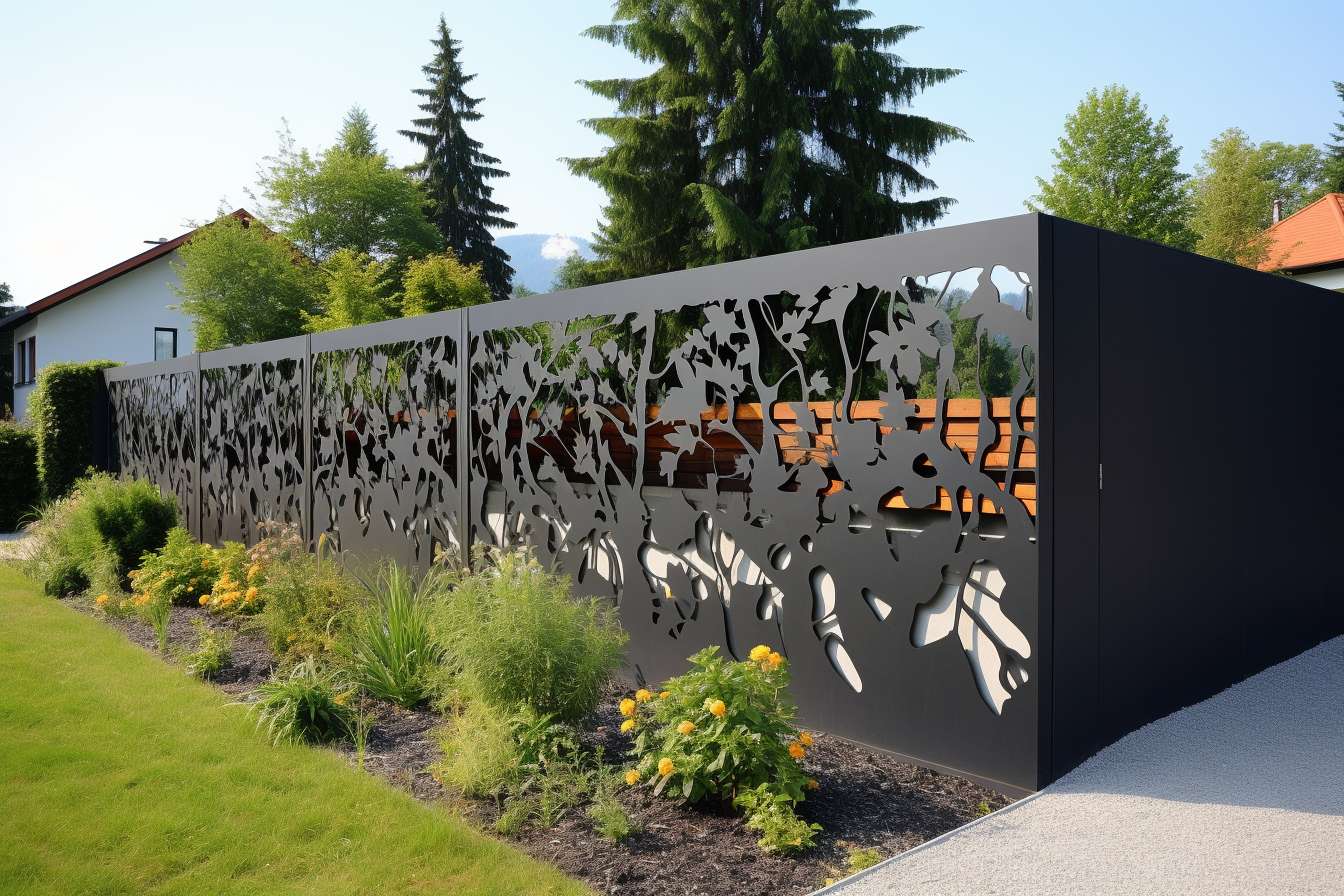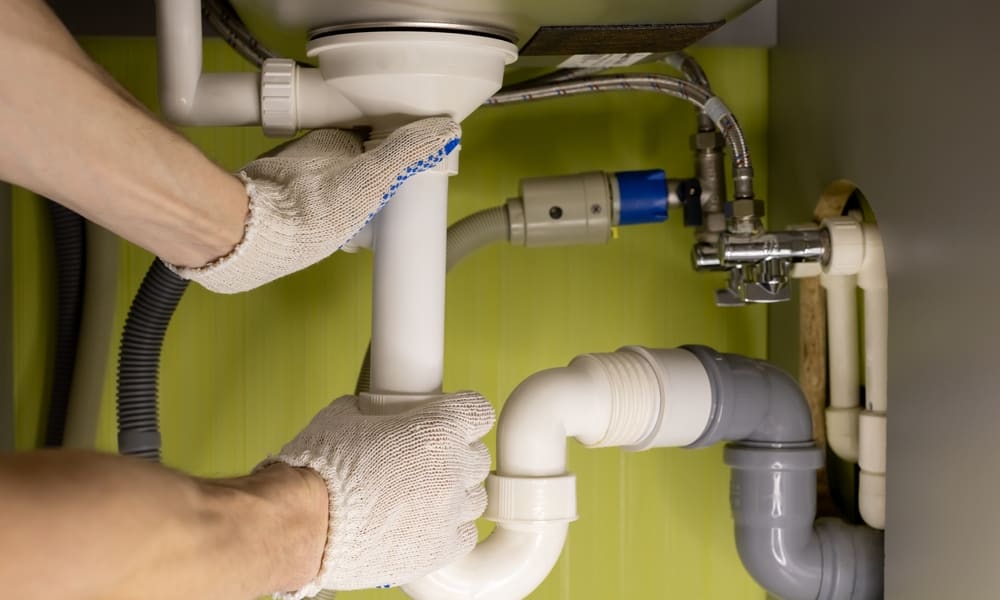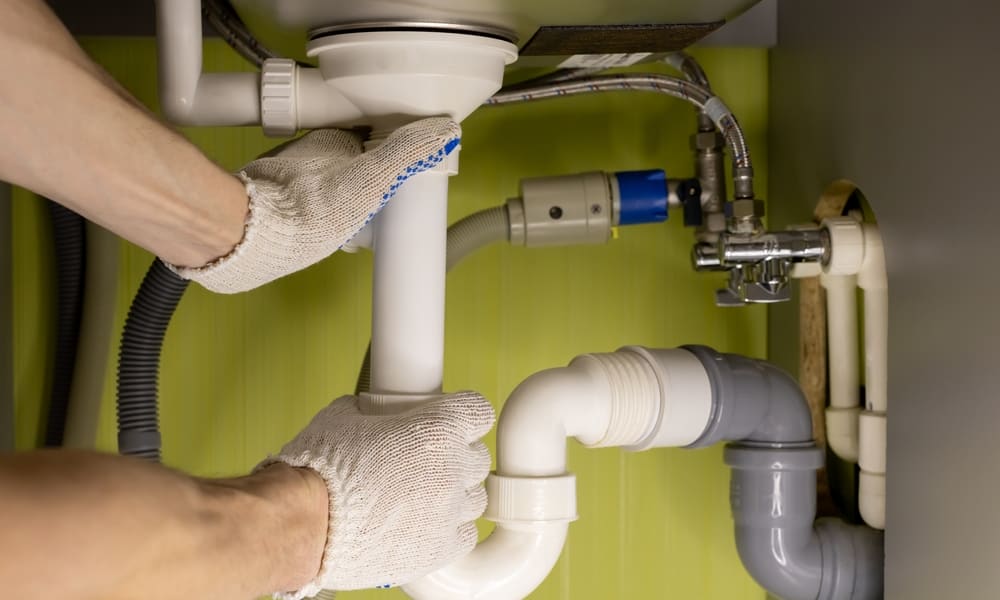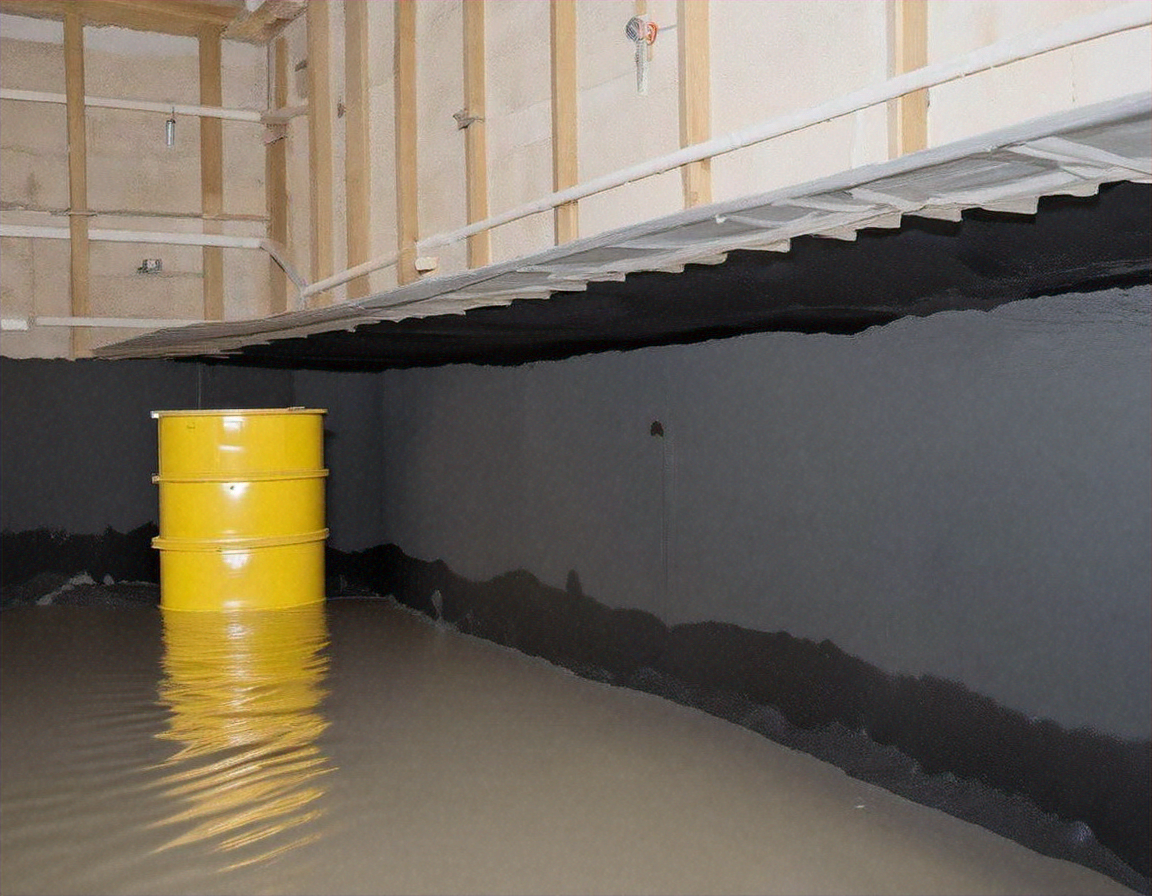Basement Waterproofing: Essential Steps for a Dry and Healthy Home
Keeping your basement dry is crucial for maintaining a healthy home environment and preserving your property's structural integrity. Basement waterproofing involves various techniques and materials designed to prevent water from seeping into your underground living space. This article will explore the key aspects of basement waterproofing, helping you understand its importance and the methods available to protect your home.
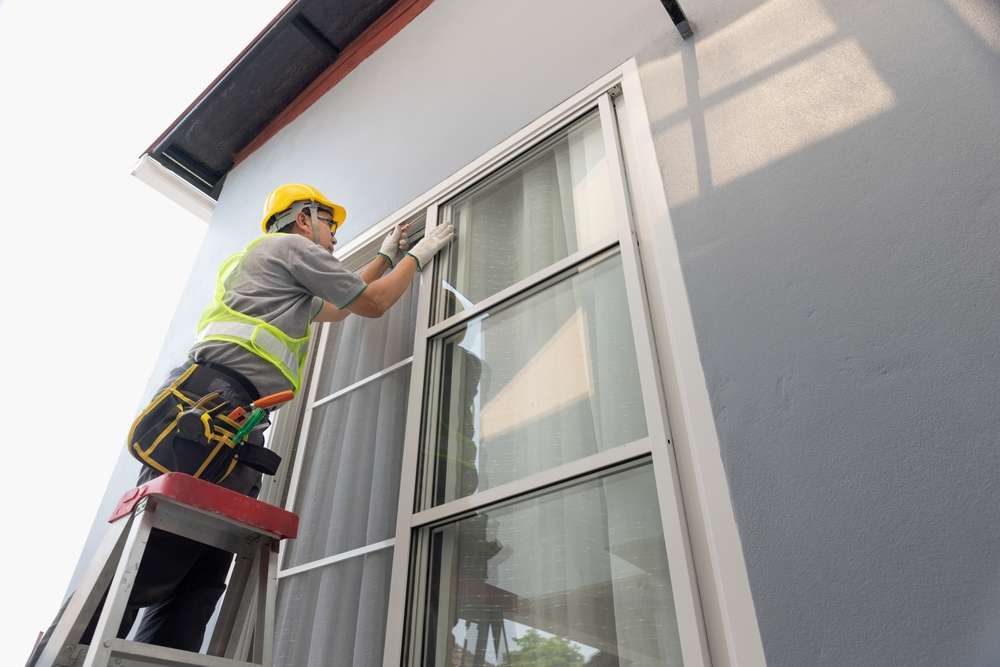
Why is basement waterproofing important?
Basement waterproofing is essential for several reasons. Firstly, it prevents water damage to your home’s foundation, which can lead to costly repairs if left unchecked. Secondly, it helps maintain a dry environment, reducing the risk of mould and mildew growth that can pose health hazards to occupants. Additionally, a waterproofed basement increases your living space’s usability and can even boost your property’s value.
What are the common signs of basement water problems?
Recognising the early signs of basement water issues is crucial for timely intervention. Some common indicators include damp or musty odours, visible water stains on walls or floors, peeling paint or wallpaper, and the presence of efflorescence (white, powdery mineral deposits on surfaces). You may also notice increased humidity levels, condensation on windows, or even standing water in severe cases.
What are the main methods of basement waterproofing?
There are several approaches to basement waterproofing, each suited to different situations:
-
Interior sealants: These are applied to the inside walls and floors to create a waterproof barrier. While relatively inexpensive, they are best suited for minor moisture issues.
-
Exterior waterproofing: This involves excavating around the foundation and applying a waterproof coating or membrane. It’s more extensive but highly effective for severe water problems.
-
French drains: These are trenches filled with gravel and perforated pipes that redirect water away from the foundation.
-
Sump pumps: These devices automatically pump out water that accumulates in a sump pit, preventing flooding.
-
Crack injection: For isolated foundation cracks, specially formulated sealants can be injected to stop water ingress.
How can you prevent basement moisture problems?
Prevention is often more cost-effective than cure when it comes to basement waterproofing. Some preventive measures include:
-
Maintaining proper drainage around your home by ensuring gutters and downspouts are clear and direct water away from the foundation.
-
Grading the soil around your house to slope away from the foundation, encouraging water to flow away from your home.
-
Regularly inspecting and sealing any visible cracks or gaps in your foundation walls.
-
Installing a dehumidifier to control moisture levels in your basement.
-
Avoiding storing organic materials directly on basement floors, as they can absorb moisture and promote mould growth.
What factors influence the cost of basement waterproofing?
The cost of basement waterproofing can vary significantly depending on several factors:
-
The size of your basement
-
The severity of the water problem
-
The chosen waterproofing method
-
Your geographical location
-
The need for additional services like mould remediation or foundation repair
| Waterproofing Method | Average Cost Range (£) | Effectiveness | Longevity |
|---|---|---|---|
| Interior Sealants | 500 - 1,500 | Moderate | 2-5 years |
| Exterior Waterproofing | 8,000 - 15,000 | High | 10-20 years |
| French Drain Installation | 2,000 - 6,000 | High | 15-20 years |
| Sump Pump Installation | 500 - 1,500 | High | 5-10 years |
| Crack Injection | 300 - 800 per crack | Moderate | 5-10 years |
Prices, rates, or cost estimates mentioned in this article are based on the latest available information but may change over time. Independent research is advised before making financial decisions.
When considering basement waterproofing, it’s essential to consult with professionals who can assess your specific situation and recommend the most appropriate solutions. They can provide detailed inspections, identify the root causes of moisture problems, and suggest tailored waterproofing strategies that fit your home’s needs and your budget.
In conclusion, basement waterproofing is a critical aspect of home maintenance that should not be overlooked. By understanding the importance of keeping your basement dry, recognising early signs of water issues, and implementing appropriate waterproofing methods, you can protect your home’s foundation, improve indoor air quality, and create a more comfortable living environment for years to come.

